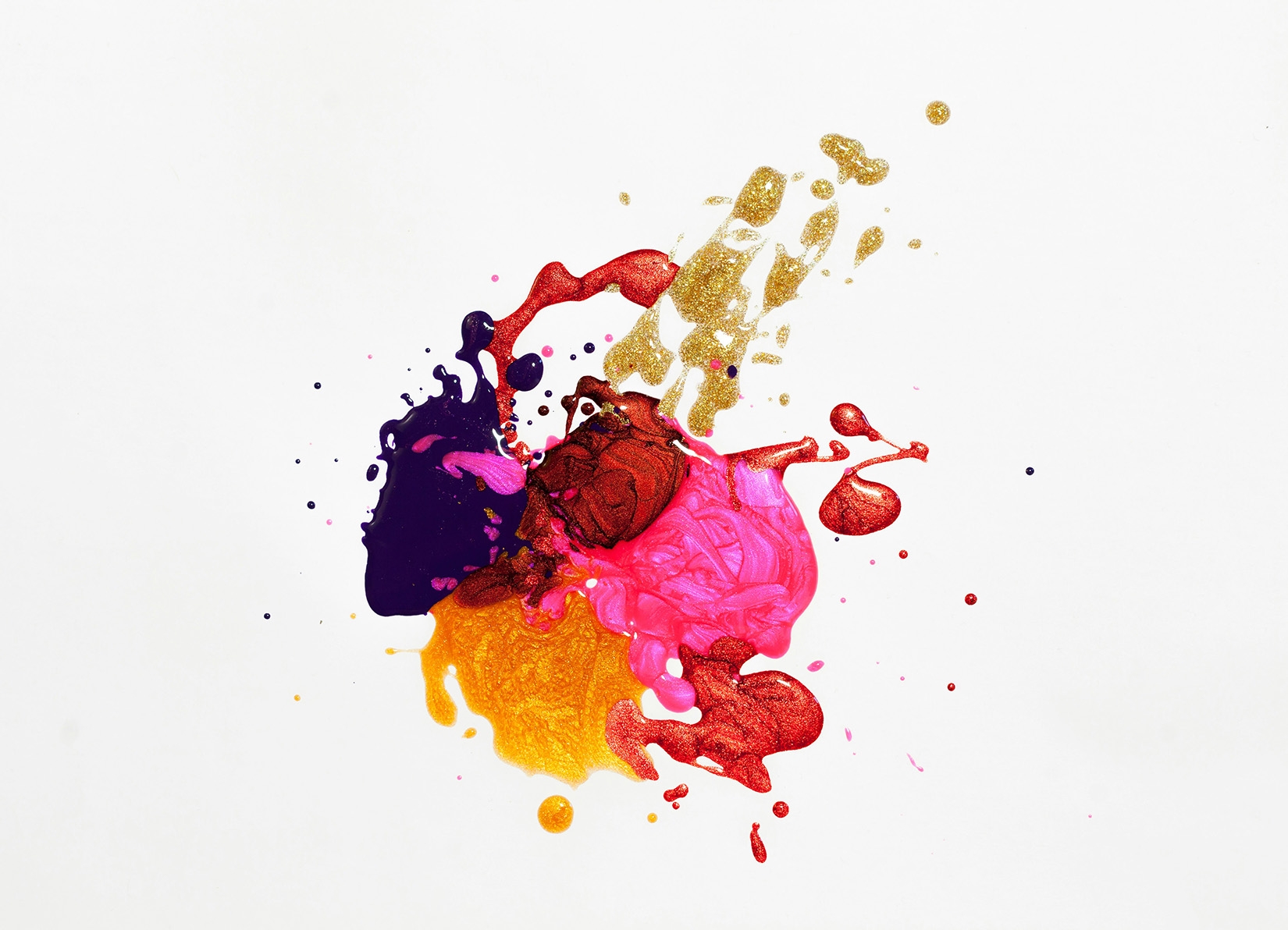From the Marvellous Life of a Project Manager

What exactly does a project manager do? I get asked this question all the time. But when it comes to answering it, I get stuck. It's not that my job isn't exciting. On the contrary, my day-to-day work is so varied that it's hard to sum it up in one sentence. That's why I decided to write a blog post about it.
What exactly does a project manager do? I get asked this question all the time. But when it comes to answering it, I get stuck. It's not that my job isn't exciting. On the contrary, my day-to-day work is so varied that it's hard to sum it up in one sentence. That's why I decided to write a blog post about it.
If prejudices and memes are to be believed, we project managers spend most of our time in meetings, writing emails and taking coffee breaks. That's not entirely false. We do sit in meetings and write the occasional email during the day. And at Sergeant, we do love coffee. But being a project manager in a creative agency is MUCH more than that. So it's time to dispel some of the myths.
Design - Being involved, not just present
Not all project managers are the same. The definition of the job title varies from company to company. At Sergeant, we see ourselves as consultants and project managers, and we like to get involved where we can.
We see our role as a combination, the best of both worlds: We actively shape projects with our expertise and interdisciplinary experience. For example, we advise on business models, prepare strategy papers and develop concepts. But we are also ready to help when it comes to filling a website or helping out at an event.
For us, it is this mix that often makes the difference for our clients and brands and contributes to the success of a project. And it makes sense for us too: being able to wear several hats as consultants keeps the team agile - and the agency efficient.

Communication - Translators & SPOCs 🖖
Yes, we write a lot, whether it's in emails or in our task management tool. As project managers, we are the link between customers, designers, copywriters, developers and third-party providers such as printers or translation agencies. This means that we are often the single point of contact, fondly abbreviated to "SPOC". All communication runs through us.
The team on the customer side, our design & content team, the developers and we consultants - we all have different needs and challenges over the course of a project. And we often don't speak the same language. If, for example, the client expects the CMO to deliver the KPIs by EOD, but the designer actually needs the CI/CD for the IxD first - whilst the programmer is busy setting up the backend in Drupal (our favourite CMS), then you can quickly get lost in translation.
We project managers translate and mediate between the parties. We make sure that the information gets to the right place at the right time and that it is understood once it gets there. And all of this happens through – well, you guessed it – emails, calls and meetings.
Coordination - Who, what, how & by when?
As project managers, we keep track of a project. This often begins before the project has even started. We check the internal resources, arrange meetings and ensure the flow of information as soon as we receive a request or start working on a pitch.
When the project starts - yay! - that's when we enter the intense phase, with kick-off workshops, collaboration on concepts, internal briefings, etc. One thing that has proven effective is having a schedule laid out in as much detail as possible: who does what, by when and to what extent. Our coordination skills then ensure that the schedule is implemented and adhered to.
Administration - Keeping everything in order
Yes, administrative tasks are a part of our job as well. We take care of the "paperwork" involved in a project. At Sergeant this is 99% digital. This means we create quotes and invoices, take minutes of meetings, set up internal workflows, create project folders, check budgets and project progress, and so on and so forth.
Depending on the person, this part is either a blessing or a curse. Personally, I like it when everything is well documented and sometimes I prefer to write a little too much. As a project manager, you are often very involved in a project. The administrative tasks then help me to get an overview and not lose sight of the big picture.
There is no easy answer – or is there?
As you can see, the question I started with is not so easy to answer. There is no typical day as a project manager in a creative agency. The workdays are as varied as the projects and clients. That's what makes it so special for me.
From now on, when people ask me what I do as a project manager, I will have this blog post to hand. Or I will try to summarise it in one sentence:
I help turn ideas into action.
And yes, that includes the odd cup of coffee. 😉


